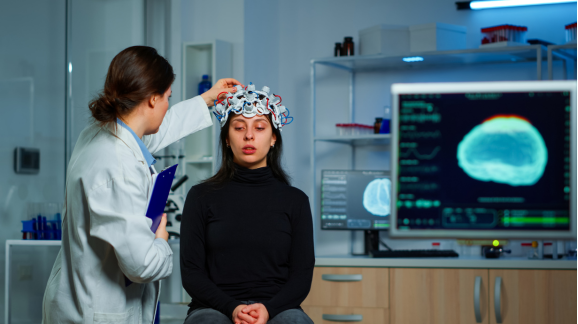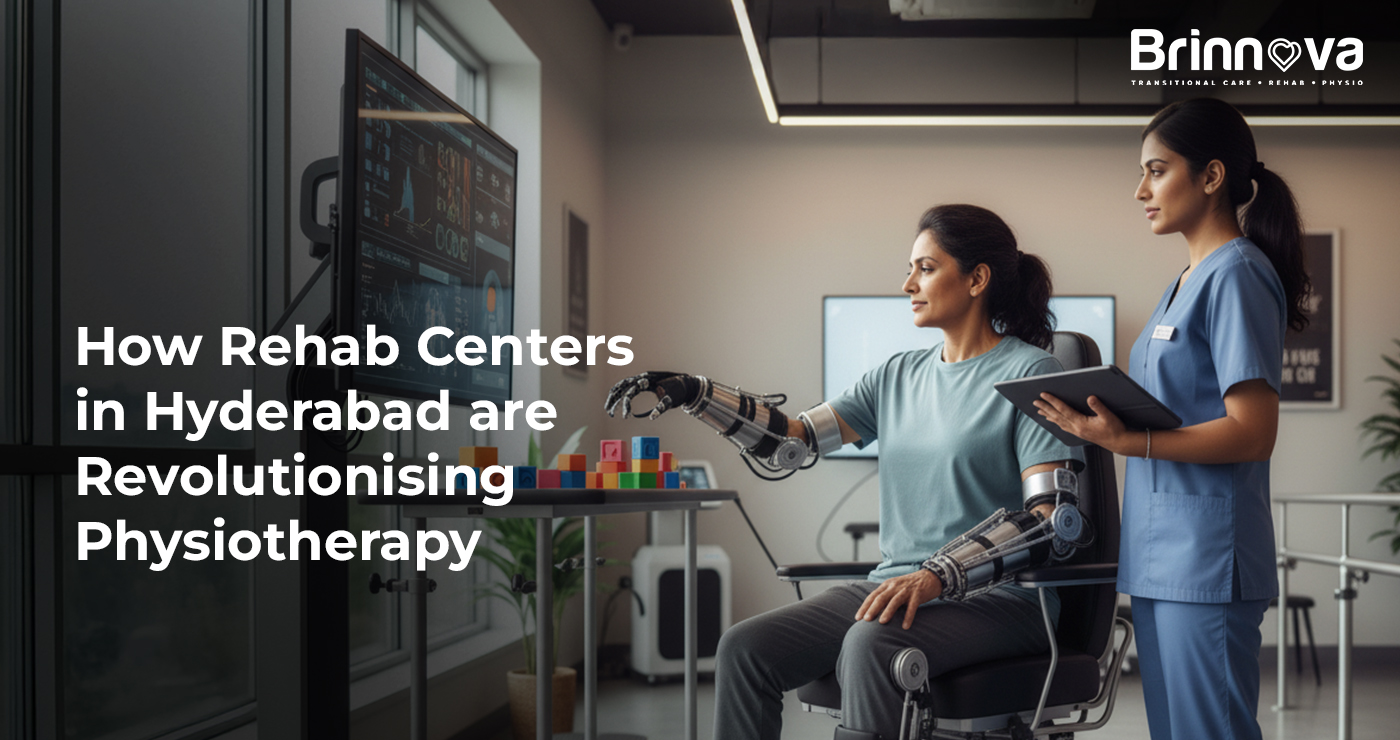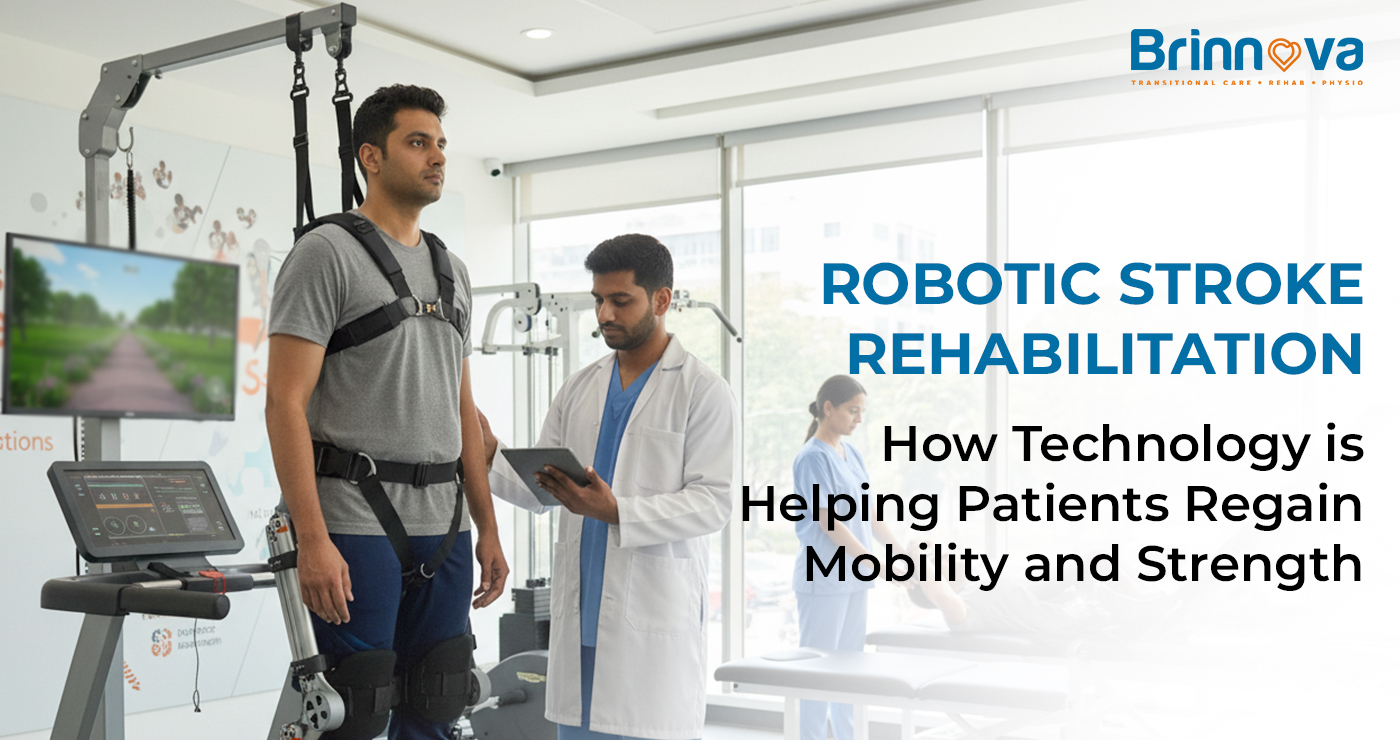The Benefits of Neurological Physiotherapy for Stroke Recovery
A stroke can alter one's life in various ways. One of these is that it can cause loss of mobility and coordination as well as muscle weakness. Recovery from stroke has to follow a certain course of rehabilitation, and at the same time, neurological physiotherapy becomes imperative for helping a patient regain movement and independence.
This kind of physiotherapy specialises in retraining the brain and muscle systems post-neurological damage. Using specific exercises and therapy techniques, it helps stroke survivors work toward improving balance as well as coordinating strength with daily functions.
The earlier the neurological physiotherapy is introduced, the greater the chances that movement will be restored without complications such as stiffness in muscles and soreness in joints. A personalised approach to therapy will help patients regain control over their bodies with subsequent improvement in their quality of life.
Why is Early Physiotherapy Important After a Stroke?
Early postoperative rehabilitation after a stroke is crucial in recovery. Early neurologic physical therapy can prevent complications and speed up rehabilitation. Here is why early therapy can be beneficial:
- Protects against muscle stiffness and joint contractures, which develop mostly as inactivity brings all these about.
- Increases the neuroplasticity ability of the brain to rewire and build new connections.
- Improves blood circulation, reducing the risk of secondary complications such as deep vein thrombosis.
- Relearn to walk and dress to be quite independent from carers.
Therapy does not stop for the stroke patient when sessions are delivered weeks or months after the event. At this stage, therapy will build strength, balance, and mobility. The consistency of treatment is just patient-specific programming.
What are the main purposes of neurological physiotherapy?
Movement recovery is within the concept of a stroke. Neurological physiotherapy involves:
- Restoration of Movement: Reintegration of walking, arm mobility, and activities of daily living.
- Strength and Coordination: Increased strength of weak muscles with restenosis in motor control.
- Balance and Stability Enhancement: Fall prevention, confidence, and mobility enhancement.
- Spasticity and Stiffness Reduction: They do not limit motion because tight, painful muscles are considered.
- Higher Independence: This is where daily activities can be performed with little dependence on carers.
With a proper plan of therapy, stroke survivors can work towards their long-term recovery and return to as much function as possible.
What are the Best Exercises in Neurological Physiotherapy for Stroke Patients?
Physiotherapy in neurological conditions includes specific exercises to help those suffering from strokes regain mobility and function. Some examples of effective neurological physiotherapy exercises are as follows:
1. Passive and Active Range of Motion Exercises
- Targets the maintenance of joint flexibility and prevention of stiffness.
- Encourages voluntary movements in the paralysed or weak limbs.
2. Strength Training
- Loses muscle weakness due to strength returns regains.
- The mode of exercise is resistance bands, light weights, or one's body weight.
3. Balance and Coordination Exercises
- Improves stability and prevents falls.
- Includes standing exercises, weight shifts, and balance board training.
4. Gait Training
- Helps patients relearn walking patterns.
- Includes parallel bar exercises, step-ups, and treadmill walking.
5. Functional Task Training
- Encourages everyday movements like gripping objects, reaching, or dressing.
- Increases independence in daily life.
A structured therapy plan ensures that stroke survivors can work towards long-term recovery and regain as much function as possible.
How Does Physiotherapy in Neurological Conditions Improve Brain Recovery?
Neurological physiotherapy does not just strengthen muscles—it rebuilds brain connections damaged by a stroke. The process of neuroplasticity allows the brain to form new pathways to regain lost functions.
- Repetitive movements encourage the brain to relearn muscle control.
- Task-specific training improves coordination and reaction time.
- Sensory stimulation helps restore feeling in affected areas.
- Mental engagement during therapy strengthens cognitive and motor skills.
With consistent practice, stroke survivors develop new movement strategies, allowing them to perform tasks that seemed impossible after the stroke.
How Long Does Stroke Rehabilitation Take?
Recovery varies based on stroke severity, patient health, and therapy intensity. While some individuals recover quickly, others require long-term physiotherapy.
Recovery Phases:
- Acute Phase (First Few Weeks): Focuses on stabilising mobility, preventing complications, and starting movement therapy.
- Rehabilitation Phase (First 3–6 Months): Most progress happens here with intensive therapy.
- Long-Term Recovery (6+ Months to Years): Patients continue improving with ongoing therapy and home exercises.
Neurological physiotherapy provides progressive rehabilitation, ensuring that each stage of recovery is optimised for maximum improvement.
What Are the Psychological Benefits of Physiotherapy for Stroke Patients?
Stroke recovery is not just physical; mental well-being is equally important. Physiotherapy helps in:
- Reducing anxiety and depression by improving self-confidence.
- Encouraging motivation through visible progress.
- Providing emotional support from therapists and carers.
- Promoting social interaction when therapy is done in groups.
Stroke survivors often feel frustrated or helpless, but a structured therapy plan keeps them engaged and focused on recovery.
Can Neurological Physiotherapy Be Continued at Home?
Yes! After initial therapy sessions, patients can continue with home-based neurological physiotherapy exercises.
- Tips for Home Therapy:
- Follow the exercise plan prescribed by the physiotherapist.
- Use assistive devices like walkers or canes if needed.
- Practice daily functional activities like getting dressed or climbing stairs.
- Stay consistent to maintain progress.
Regular at-home exercises reinforce therapy gains and prevent further muscle deterioration.
Why Choose Brinnova Care for Stroke Rehabilitation?
At Brinnova Care, we specialise in neurological physiotherapy, offering expert rehabilitation for stroke survivors. Our personalised therapy plans focus on restoring movement, reducing pain, and improving independence.
- Experienced neurological physiotherapists trained in stroke rehabilitation.
- Advanced therapy techniques for faster recovery.
- Personalised exercise plans tailored to each patient’s needs.
- Comprehensive support for both physical and emotional well-being.
At Stroke recovery is a journey, but with the right neurological physiotherapy, patients can regain their strength, mobility, and confidence. At Brinnova Care, we are committed to helping every stroke survivor achieve the best possible recovery.




